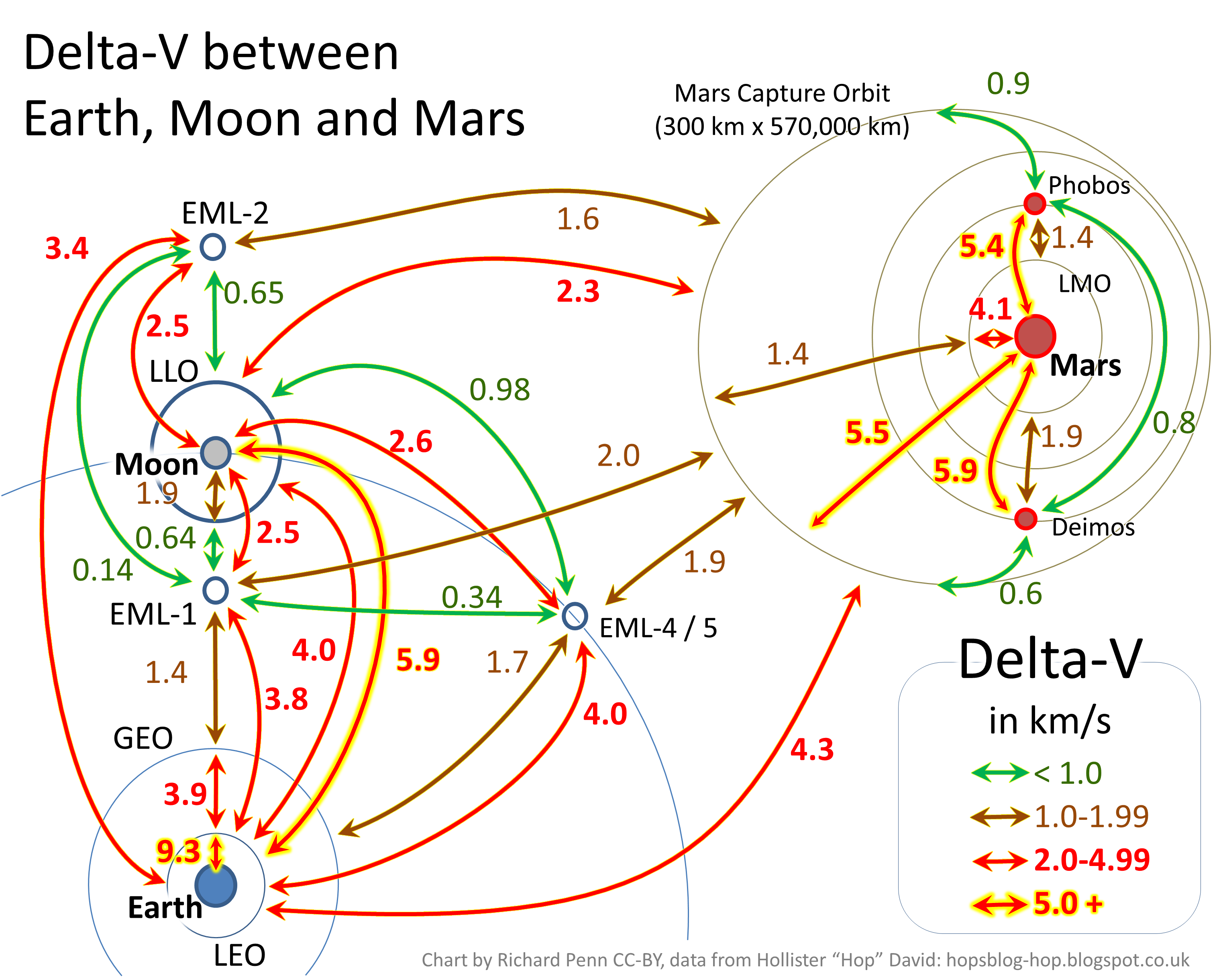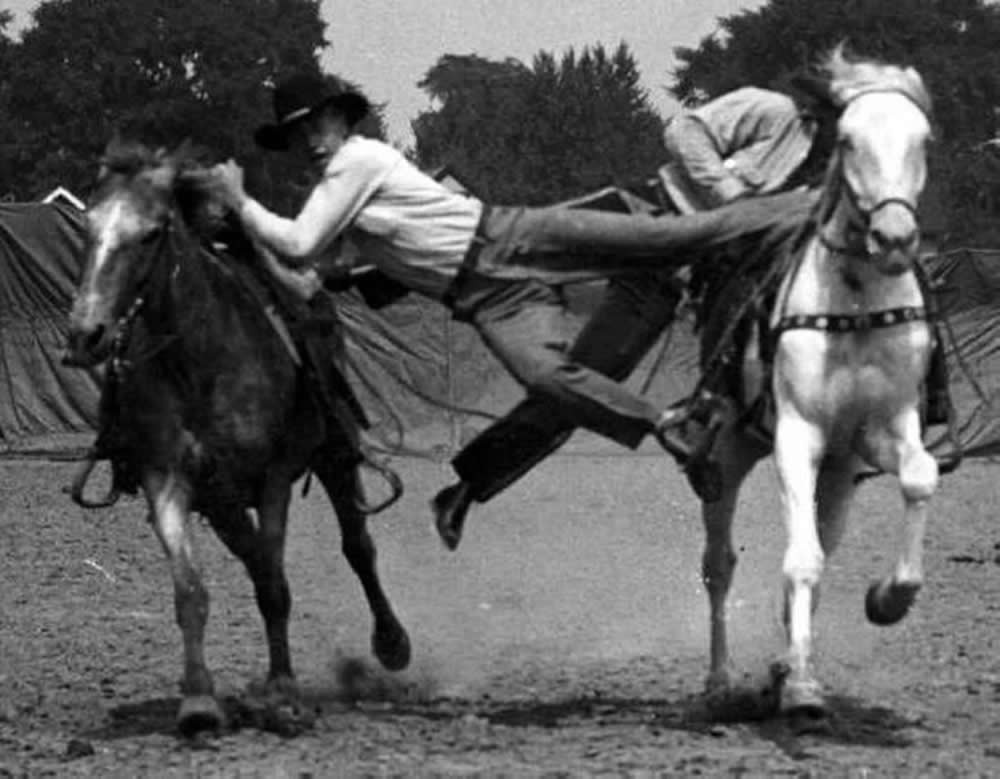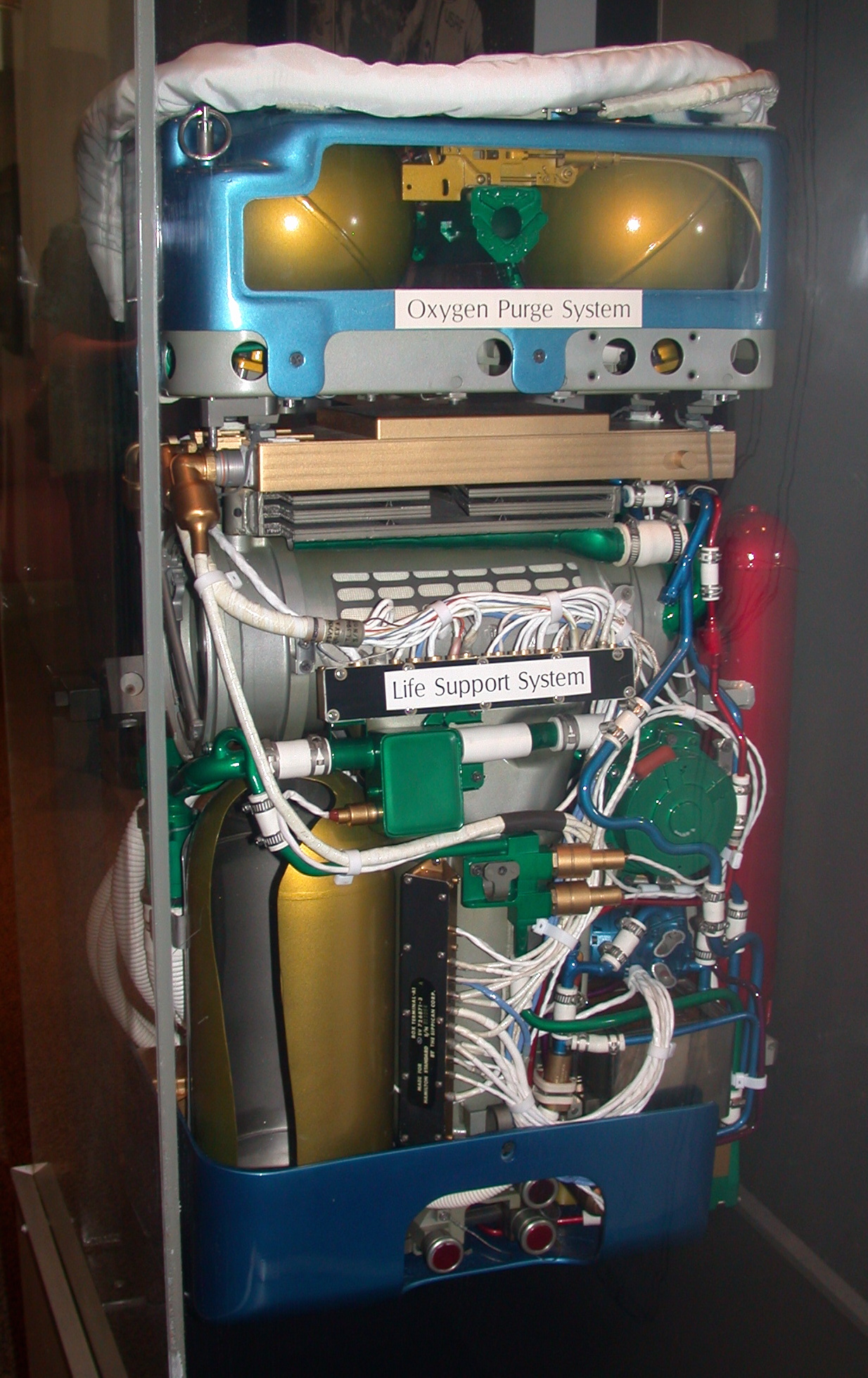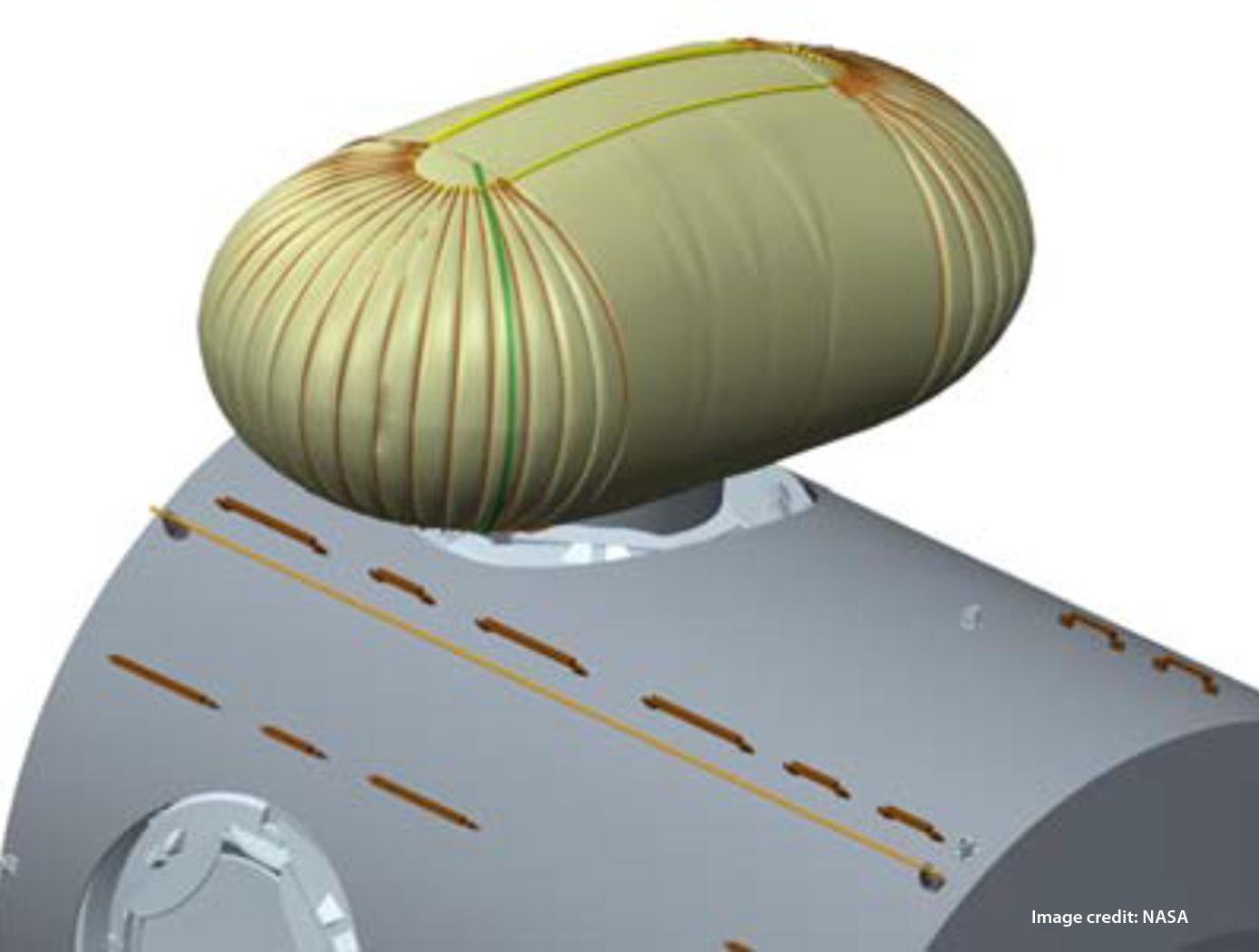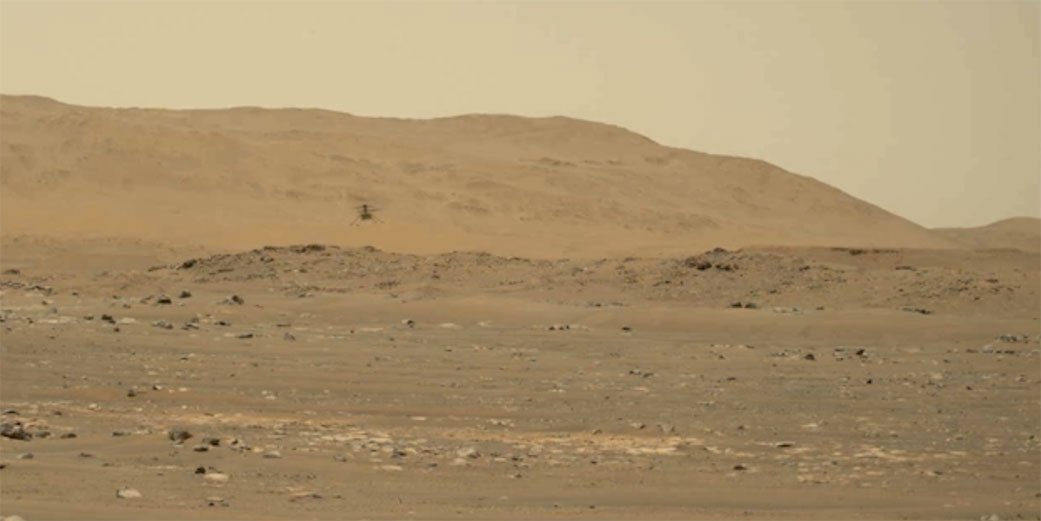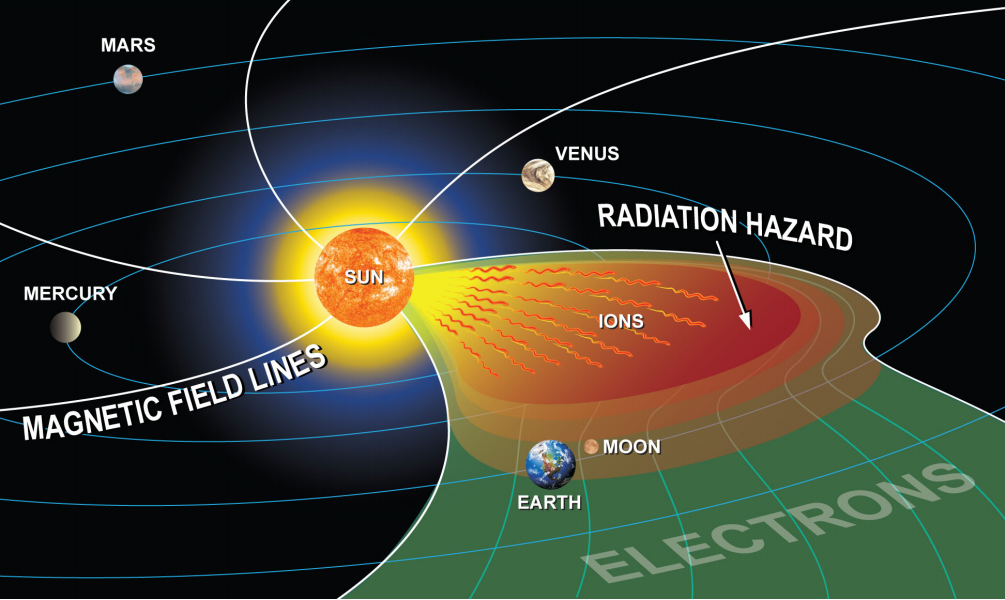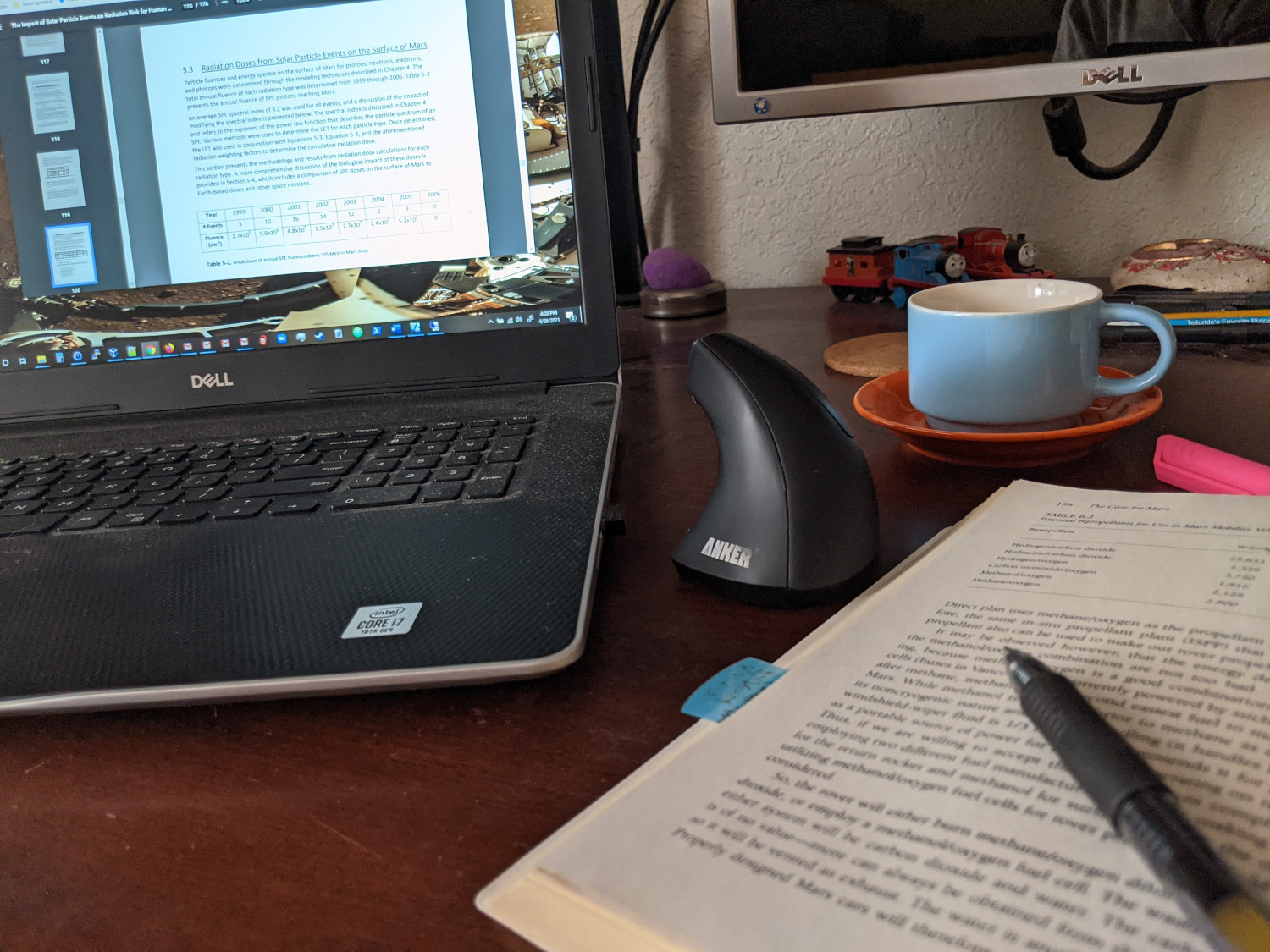Today’s word count: 288
These counts will be very bursty and uneven for a while. Some days will see entirely new sections, with high counts. Others will see glue text, as I bring pieces together and smooth the edges.
(BTW, the images I post with these updates do, in fact, have relevance to whatever I work on that day.)

image: public domain


